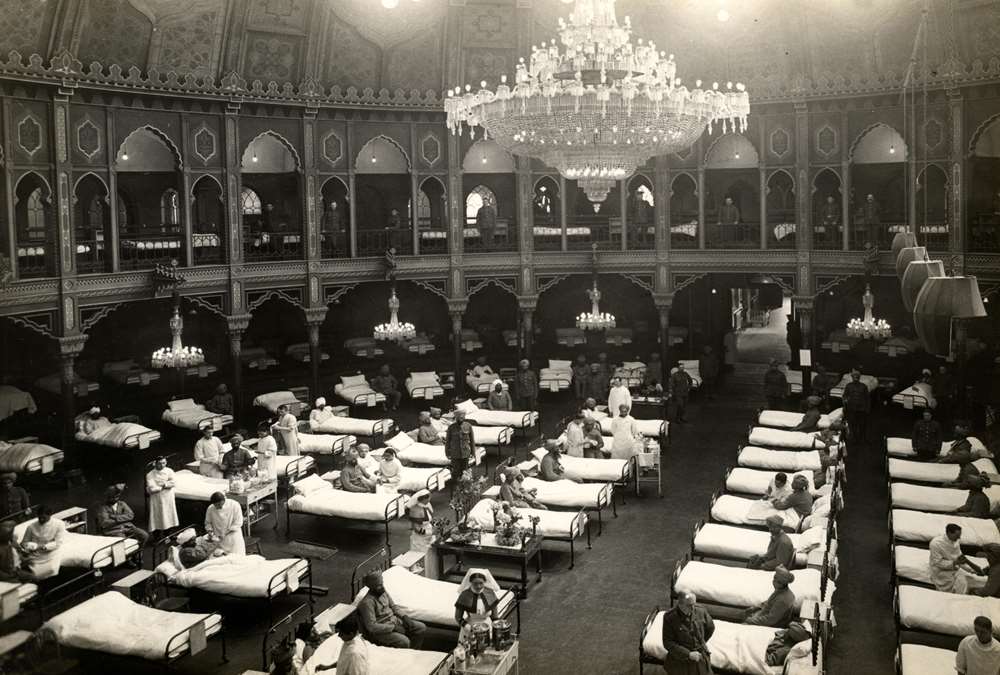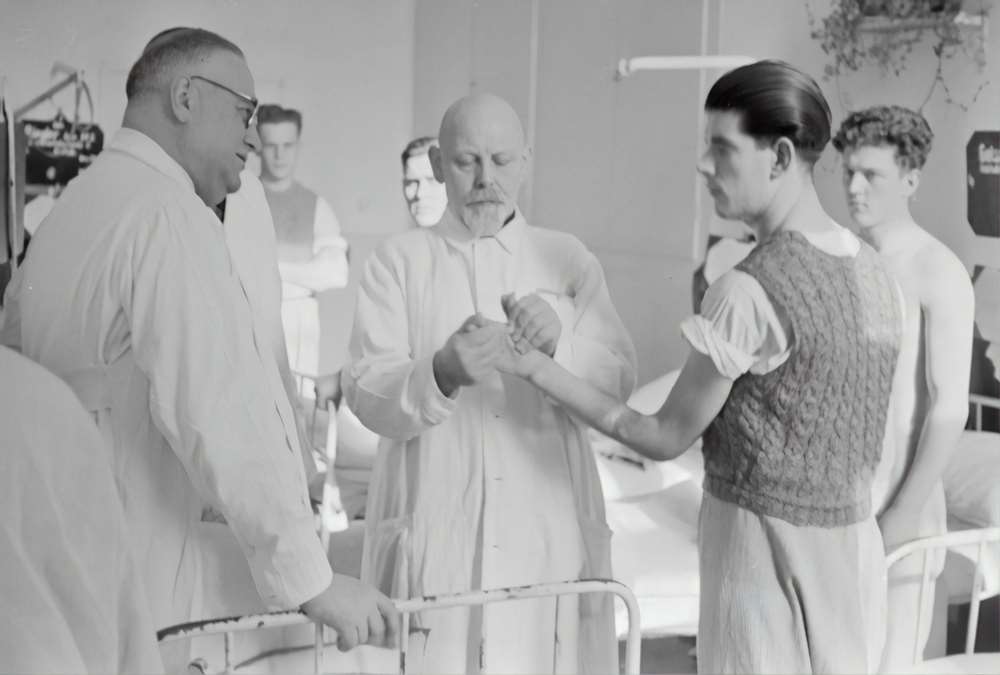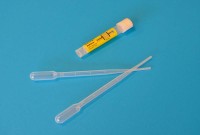- Home
- Business Processes
- Industry Knowledge
- Aerospace Industry
- Automotive Industry
- Banking Domain
- BFSI Industry
- Consumer/ FMCG Industry
- Chemicals Industry
- Engineering & Construction
- Energy Industry
- Education Domain
- Finance Domain
- Hospitality Domain
- Healthcare Industry
- Insurance Domain
- Retail Industry
- Travel and Tourism Domain
- Telecom Industry
- Leadership Skills
- eLearning
- Home
- Industry Knowledge
- Healthcare Industry
- History of Healthcare Industry
History of Healthcare Industry
This article provides a short history of healthcare industry and discusses major world events that impacted and shaped the healthcare industry as it stands today. This article briefly traces global healthcare history from ancient times to the colonial era to the modern-day. This article also discusses various ideologies that have dictated the path of global health and set the trend towards globalization of the healthcare sector.
Home Remedies:
Home has long been the upholder of health care for ancient human beings as for much of the history of human civilization everything from birth to disease was handled by experts within one’s own house. A home remedy is a treatment to cure a disease or ailment that employs certain spices, vegetables, or other common items. Home remedies may or may not have medicinal properties that treat or cure the disease or ailment in question. Healthcare began as a purely reactionary, medicinal practice, in which people learned the medicinal properties of plants through trial and error, and then passed on that knowledge to others. Although there is no record to establish when plants were first used for medicinal purposes (herbalism), the use of plants as healing agents is a long-standing practice.
Traditional Healthcare:
Over time through emulation of the behavior of fauna a medicinal knowledge base developed and was passed between generations. Humans have long recorded their secrets for curing sickness, but sickness has not always been well understood. Medical knowledge in the ancient world was accumulated over centuries of experiment and experience - an exercise in trial, error, and success, the result of which began to be recorded by the second millennium B.C. It later became a subject of purposeful study by many different cultures, including the Persian, Egyptian, Greco-Roman, Indian, and Chinese cultures.
Ancient Pharmacology & Medical Practitioners:
Ancient health care providers gained extensive knowledge of local flora and devised the principles and practice of the ancient pharmacology. One of the oldest and most extensive examples comes from Mesopotamia known as “Treatise of Medical Diagnosis and Prognoses,” where some forty tablets were comprised of prescriptions and treatises that outlined treatments based on rational observations of the body.
As tribal culture specialized specific castes, shamans and apothecaries performed the 'niche occupation' of healing. Mesopotamian medical practitioners, like many ancient and indigenous people, were frequently shamanic and used charms and spells to treat the patient’s ailment, but in many societies there existed specialists in herbal remedies, referred to as “physicians” because of their rational medical knowledge.
Technological, Chemical & Biological Advances:
In the 19th century, there were numerous technological, chemical, and biological advances that gave physicians the means to better understand, diagnose, and treat ailments. The discoveries included anesthetics, syringes, antiseptics, x-rays, and penicillin. Around the beginning of the 20th century, modern healthcare began to evolve. Doctors started to initiate prepaid arrangements for their services, foreshadowing the medical insurance and administration field that is in place today.
To understand the intended and unintended consequences sparked by global health interventions, one must examine continuities and divergences from the past. Now let’s discuss some phases in healthcare history that had an everlasting impact on the modern shape of the modern healthcare industry.
Impact of Colonialism on Healthcare:
The advent of infectious diseases and tropical medicine was a direct consequence of colonialism in the 19th and early 20th century which resulted in the evolution of public health in British colonies for disease prevention. Infectious diseases had an enormous effect on health, through the transfer of new diseases. Urbanization and increasing population densities made indigenous people vulnerable to incoming diseases. National governments started working towards protecting their citizens against outside threats, including infectious diseases. It resulted in the development of surveillance systems to respond to epidemics and the establishment of health systems for disease control. This gave rise to the development of new trends in medical systems and a transition from surveys to microscopic studies in medicine, which led to huge advances in vaccinations, preventions, and treatments.
Impact of Therapeutic Revolution:
In the early 19th century, the focus of medical research changed from a generalized pathology to a localized pathology concerned with physiology and disease transmission. This transition, known as the “therapeutic revolution” occurred during the 20th century when research came to focus on specific diseases. The therapeutic revolution is generally understood as the moment when medicine began to work. It led to the growing effectiveness of the medicine. Pasteur, the father of germ theory, unraveled the mysteries of many diseases and contributed to the development of the first vaccines. He debunked the widely accepted myth of spontaneous generation and set the stage for modern biology and biochemistry, the therapeutic revolution improved medicine and vaccine development. There were great advances in relation to diseases such as leprosy, anthrax, tuberculosis, plague, and malaria. The therapeutic revolution created a new understanding of disease and illness and began the trajectory of Western biomedicine and fired the trend for the globalization of medicine.

Impact of Eradication Campaigns:
The most aggressive effort against malaria was the Global Malaria Eradication Program. This program was launched by the World Health Organization in 1955 and depended on the drug chloroquine for the treatment of infected individuals and the chemical DDT for mosquito control. Smallpox was the first disease to be eradicated owning to the success of the Smallpox Eradication Program. Smallpox eradication efforts began in 1967, the last endemic case appeared in 1977, and eradication was declared in May of 1980. Eradication campaigns of the 20th century were able to reduce diseases such as malaria and tuberculosis in industrialized countries but these diseases continue to haunt developing countries. Despite over 100 years of control efforts, malaria still caused a large number of deaths in children in developing nations. Eradication campaigns have made people in the health care industry aware of how vulnerable they are, in spite of modern developments and technology.
Impact of Primary Healthcare Movement:
The perceived failure of postwar disease eradication and infrastructure development led to the realization that the delivery of medical care was a limited part of improving health and social conditions and non-health sector services were vital to population health and well-being. This created interest in primary health care in the 1970s realizing that health involves far more than the health sector alone can accomplish and called upon governments to build national plans for primary health care infrastructure. The primary health care movement was fueled by a desire to build basic health care services from the bottom up. Countries like China and the Soviet Union promoted models that differed from that of the United States and western medicine. Health care was promoted by organizations like the World Health Organization and the World Health Assembly. The International Conference for Primary Health Care in 1978 was a landmark event in the movement. The conference was attended by delegates from over 130 governments.
Impact of Development Movement:
The health care development movement coincided with the post-World War II era and centered on the belief that increasing economic development would benefit the entire world, despite inequalities that might result. The development ideology held both the implicit and explicit goal of a globalized, modern world that left behind ancient philosophies in pursuit of economic progress.
Neoliberalism, a market-driven approach to economic and social policies, argued that aggregate economic growth would benefit the impoverished majority as well as a wealthier minority in developing countries, and presented the “free-market” as a better tool for growth than government intervention. Structural adjustment policies emphasized the market allocation of resources, decreased public sector spending, liberalization, deregulation, and privatization. These specific growth-oriented policies are believed to have failed to improve living standards and health outcomes among the poor.
Globalization of Healthcare Industry:
The notion of a global health care industry is a recent phenomenon and although the modern healthcare industry is becoming more global day by day but because health care has always traditionally been considered a local industry, specific to individual countries, the practices and development of healthcare as an industry across countries vary. In each country, the health industry has its own history and cycle of evolution. Now globalization of the ancillary healthcare industries, recent technological developments, and standardization of various aspects of the industry is driving the trend towards globalization of the healthcare industry.
Related Links
You May Also Like
-
This article provides insightful industry analysis and research into the psychiatric hospital industry. This article discusses the definition, key industry products, and activities along with major industry trends. Understand the revenue model, a brief history of trends during the current century, and key challenges currently being faced by the psychiatric hospital industry.
-
Mental health and residential developmental handicap facilities
This article provides insightful industry analysis and research into the Mental health and residential developmental handicap facilities industry. This article discusses the definition, key industry products, and activities along with major industry trends. Understand the revenue model, a brief history of trends during the current century, and key challenges currently being faced by the Mental health and residential developmental handicap facilities industry.
-
Healthcare Systems – Public , Private and Mixed
This article explains the concept of health systems and their importance and funding practices. It helps the reader to understand public, private, and mixed health systems and their significance and roles in catering to any nation’s healthcare requirements.
-
This article provides insightful industry analysis and research into the Blood & Organ Banks industry. This article discusses the definition, key industry products, and activities along with major industry trends. Understand the revenue model, a brief history of trends during the current century, and key challenges currently being faced by the Blood & Organ Banks industry.
-
Overview of Healthcare Industry
The health care industry, or medical industry, is a sector that provides goods and services to treat patients with curative, preventive, rehabilitative, or palliative care. The modern health care sector is divided into many sub-sectors and depends on interdisciplinary teams of trained professionals and paraprofessionals to meet the health needs of individuals and populations. This article provides an overview of the medical industry.
-
This article provides insightful industry analysis and research into the Nursing Care Facilities industry. This article discusses the definition, key industry products, and activities along with major industry trends. Understand the revenue model, a brief history of trends during the current century, and key challenges currently being faced by the Nursing Care Facilities industry.
-
Emergency & Other Outpatient Care Centers
This article provides insightful industry analysis and research into the Emergency & Other Outpatient Care Centers industry. This article discusses the definition, key industry products, and activities along with major industry trends. Understand the revenue model, a brief history of trends during the current century, and key challenges currently being faced by the Emergency & Other Outpatient Care Centers industry.
-
Family Planning & Abortion Clinics
This article provides insightful industry analysis and research into the family planning and abortion clinics industry. This article discusses the definition, key industry products, and activities along with major industry trends. Understand the revenue model, a brief history of trends during the current century, and key challenges currently being faced by the Family Planning & Abortion Clinics industry.
-
Nursing and Residential Care Facilities
This article provides insightful industry analysis and research into the Nursing and Residential Care Facilities industry. This article discusses the definition, key industry products, and activities along with major industry trends. Understand the revenue model, a brief history of trends during the current century, and key challenges currently being faced by the Nursing and Residential Care Facilities industry.
-
This article provides insightful industry analysis and research into the Dental Laboratories industry. This article discusses the definition, key industry products, and activities along with major industry trends. Understand the revenue model, a brief history of trends during the current century, and key challenges currently being faced by the Dental Laboratories industry.
Explore Our Free Training Articles or
Sign Up to Start With Our eLearning Courses

About Us
Learning
© 2023 TechnoFunc, All Rights Reserved










